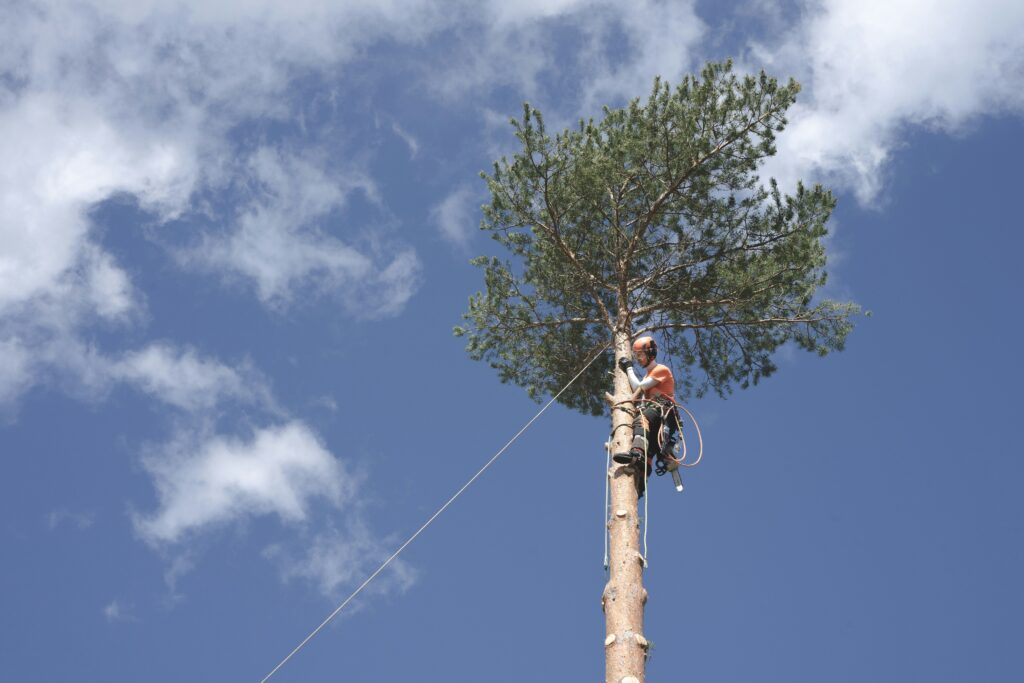Trees are a splendid part of our environment, offering shade, beauty, and habitat for various species. However, if left unchecked, trees can face numerous problems that might compromise their health and safety. If you’re a tree owner or simply an enthusiast, understanding these problems is crucial. Fortunately, professional services like Gulf Coast Tree can help manage and solve these issues, ensuring your trees remain healthy for years.
Let’s explore some prevalent tree problems, their signs, and why arborists are indispensable in diagnosing and treating them. From diseases and pests to environmental stressors, a qualified arborist can identify the specific concerns affecting your trees and recommend the most effective solutions.
Key Takeaways:
- Identify signs of tree problems early to mitigate damage.
- Common tree issues include diseases, pests, and environmental stress.
- An arborist’s expertise is vital in diagnosing and treating tree problems.
- Regular maintenance by professionals can prevent severe outcomes.
Identifying Tree Diseases
Tree diseases can cause serious harm or even cause your trees to die if they are not promptly detected and treated. Symptoms vary but may include discolored or wilting leaves, unusual growths on the bark, or a decrease in leaf size and numbers. Diseases like oak wilt, ash dieback, and fungal infections can drastically affect tree health if not treated promptly. Utilizing a reliable source such as this guide on tree diseases can be highly beneficial to identify and understand these issues.
Role of Arborists in Managing Diseases
Arborists are experts in identifying the initial symptoms of tree illnesses. They are equipped with the knowledge and skills to carry out treatment programs that involve removing diseased branches, using the right fungicides, or recommending soil improvements. Their expertise in evaluating the symptoms and prescribing the right countermeasures can prevent diseases from spreading, thus saving the tree.
Dealing with Pests
Pests such as emerald ash borers, scale insects, and aphids can significantly harm trees by feeding on leaves or boring the wood. Signs of pest infestations include holes in leaves, webbing, or vein-yellowing leaves. Identifying and controlling pests promptly is crucial as unchecked infestations can weaken and kill trees.
How Arborists Help Control Pest Infestations
Arborists can conduct thorough inspections to identify pest problems. They utilize Integrated Pest Management (IPM), which combines biological, cultural, mechanical, and chemical practices to control pest issues efficiently and sustainably. This approach not only addresses current infestations but also helps in preventing future occurrences.
Environmental Stress Factors
Many trees are affected by environmental stressors such as drought, salinity, pollution, and improper planting. Symptoms include leaf scorch, reduced growth, and premature leaf drop. These stressors can exacerbate other problems, making trees more susceptible to diseases and pests.
The Arborist’s Role in Addressing Stress
Arborists can evaluate environmental conditions and recommend strategies to alleviate stress, such as improving soil quality, optimizing watering regimes, and selecting appropriate tree species for specific locations. Their knowledge ensures that trees adapt and thrive despite challenging environmental conditions. Explore these tree pruning techniques to enhance tree health for further insights into tree care under various conditions.
Conclusion: The Value of Arborist Expertise
Trees add immense value to property and landscape but require care and expertise to tackle common challenges. Leveraging an experienced arborist’s skills can significantly impact your trees’ health and longevity. Regular check-ups, timely interventions, and maintenance by professionals ensure your trees remain a vital aspect of your environment. Arborists prevent issues before they escalate and provide indispensable service to keep trees healthy and beautiful for generations.
